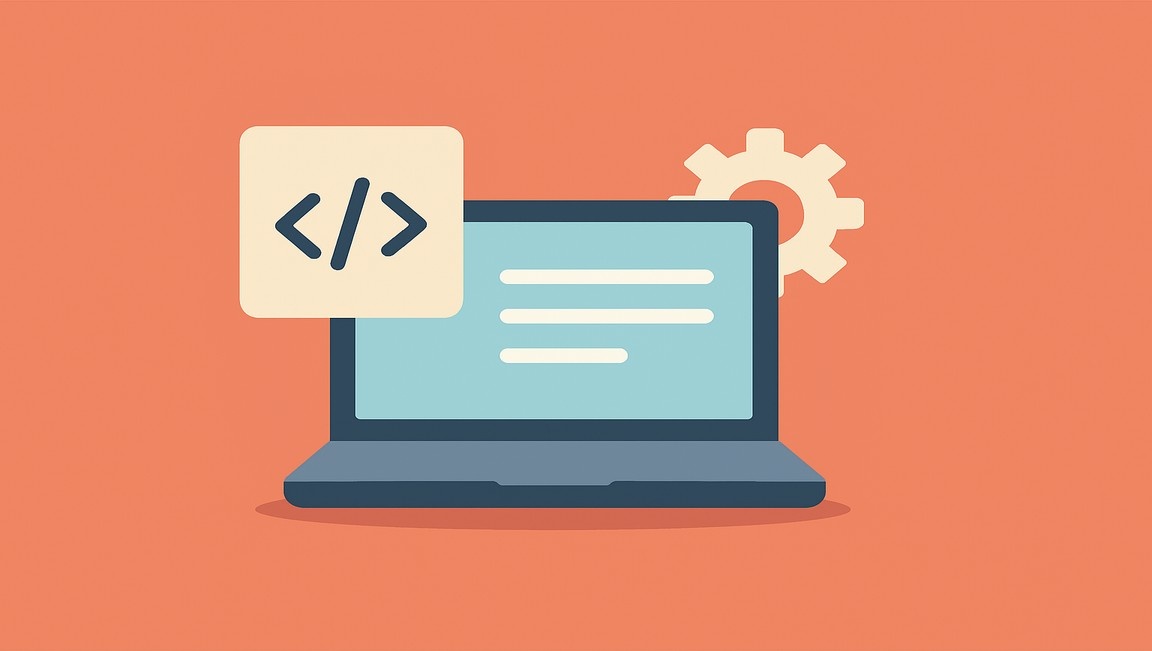Table of content
SHARE THIS ARTICLE
Is this blog hitting the mark?
Contact Us
Table of Content
- Exploring Playwright Test Hooks
- Why Are Hooks Essential?
- Best Practices for Using Hooks
- Common Pitfalls to Avoid
- FAQs
When it comes to writing robust tests, managing the environment where your tests run is just as important as the tests themselves. Imagine trying to cook a gourmet meal in a cluttered kitchen—it's not going to turn out well, right?
The same goes for unit tests. Without a clean, controlled setup, your tests could end up in a mess of unexpected failures and hard-to-track bugs. That’s where Playwright test hooks—BeforeAll, BeforeEach, AfterEach, and AfterAll—come into play.
These hooks are like your backstage crew, handling all the Playwright test setup and Playwright test teardown so your tests can shine in the spotlight. Whether you're prepping the stage for a full test suite or tidying up between individual tests, these hooks ensure everything runs smoothly, consistently, and without a hitch.
Ready to dive in and see how they work? Let's get started!
Exploring Playwright Test Hooks
Understanding how Playwright’s hooks work is essential for effective test management. These hooks help manage the environment where your tests run, ensuring a consistent and controlled setup that prevents unexpected failures while conducting Playwright automated testing.
Below, we’ll break down each hook and provide practical Playwright test hooks examples to show how they can be applied.
1. The BeforeAll Hook
BeforeAll is a static method that runs once before all test methods in a suite.. It's ideal for setting up shared resources, like initializing a database connection or configuring global settings.
2. The BeforeEach Hook
BeforeEach is executed before each test method. It's typically used to set up conditions specific to individual tests, such as initializing objects or resetting state. This ensures each test method starts fresh, avoiding interference from previous tests.
3. The AfterEach Hook
AfterEach runs after every test method. It's the perfect place for cleanup operations, like resetting data, closing files, or releasing resources. This prevents any leftover state or data from impacting other tests.
4. The AfterAll Hook
AfterAll runs once after all test methods have executed. It's commonly used to clean up resources initialized in BeforeAll, like closing a database connection or releasing shared resources.
Why Are Hooks Essential?
Playwright test hooks are essential for ensuring the efficiency, reusability, and consistency of your tests. They allow for a clean separation between test logic and environment management, making your test scripts more readable and maintainable. Here’s why these hooks are vital:
1. Reusability
Hooks promote code reuse by allowing you to define setup and teardown methods in a centralized location, which can be applied across multiple test scenarios.
2. Separation of Concerns
By isolating setup and teardown logic in hooks, you maintain a clean separation between test logic and environment management. This leads to more readable and maintainable test scripts.
3. Consistency
Hooks ensure that essential preconditions and post-conditions are consistently applied to all relevant tests, reducing the risk of human error and increasing test reliability.
4. Efficiency
Hooks can improve efficiency by ensuring that resources such as databases or browsers are correctly initialized and cleaned up only when needed, reducing overhead during test execution.
Best Practices for Using Hooks
To make the most out of Playwright test hooks, it’s crucial to follow best practices. From keeping your hooks lightweight to ensuring they’re appropriately scoped, these practices help maintain an efficient and manageable test suite. Here’s what you should keep in mind:
- Keep Hooks Lightweight: Ensure hooks perform only essential tasks. Overloading them with complex logic can slow down tests and make maintenance difficult.
- Use Conditional Hooks: Implement hooks that run conditionally, based on test requirements, to avoid unnecessary setup or teardown for tests that don't need them.
- Limit Hook Scope: Use hooks at the appropriate level—BeforeAll and AfterAll for class-level setup/teardown, and BeforeEach and AfterEach for test-specific actions.
- Log Actions in Hooks: Logging within hooks helps track setup and teardown actions, aiding in debugging and understanding test behavior.
- Test Your Hooks: Write tests for your hooks to ensure they function as expected, particularly for complex setup or teardown logic.
Common Pitfalls to Avoid
Despite their benefits, Playwright test hooks can lead to issues if misused. Overuse, ignoring failures, or misconfiguration hooks can cause significant problems in your test suite. Here’s what to watch out for:
1. Overuse of Hooks
While hooks are powerful, overusing them can lead to a cluttered and difficult-to-manage test suite. Be judicious in their application, only using them when necessary.
2. Ignoring Hook Failures
If a hook fails, it might leave the test environment in an inconsistent state. Always handle exceptions within hooks to ensure proper clean-up and to prevent cascading failures.
3. Misconfigured Hooks
Ensure that hooks are configured correctly. Misconfigured hooks can lead to unexpected behavior or skipped tests, undermining the reliability of your test suite.
Code Snippet

Output:

Conclusion
Effective use of Playwright test hooks is crucial for creating robust, maintainable, and efficient test suites. By leveraging BeforeAll, BeforeEach, AfterEach, and AfterAll hooks, testers can ensure consistent test environments, improve code reusability, and enhance overall test reliability.
However, choosing the right hooks for specific Playwright automated testing scenarios can be challenging, especially for complex applications or large-scale test suites.
QAble’s expertise can elevate your testing game. Our team knows which hooks to use, how to optimize them for faster execution, and how to avoid common pitfalls. We’ll integrate hooks smoothly with your test frameworks and CI/CD pipelines blended with our expert automation testing services, ensuring everything runs seamlessly.
Discover More About QA Services
sales@qable.ioDelve deeper into the world of quality assurance (QA) services tailored to your industry needs. Have questions? We're here to listen and provide expert insights


Nishil Patel is the Co-founder of QAble, delivering advanced test automation solutions with a focus on quality and speed. He specializes in modern frameworks like Playwright, Selenium, and Appium, helping teams accelerate testing and ensure flawless application performance.
.svg)














.webp)
.webp)
.png)
.png)











.png)



.png)

.png)

.png)


















.webp)

